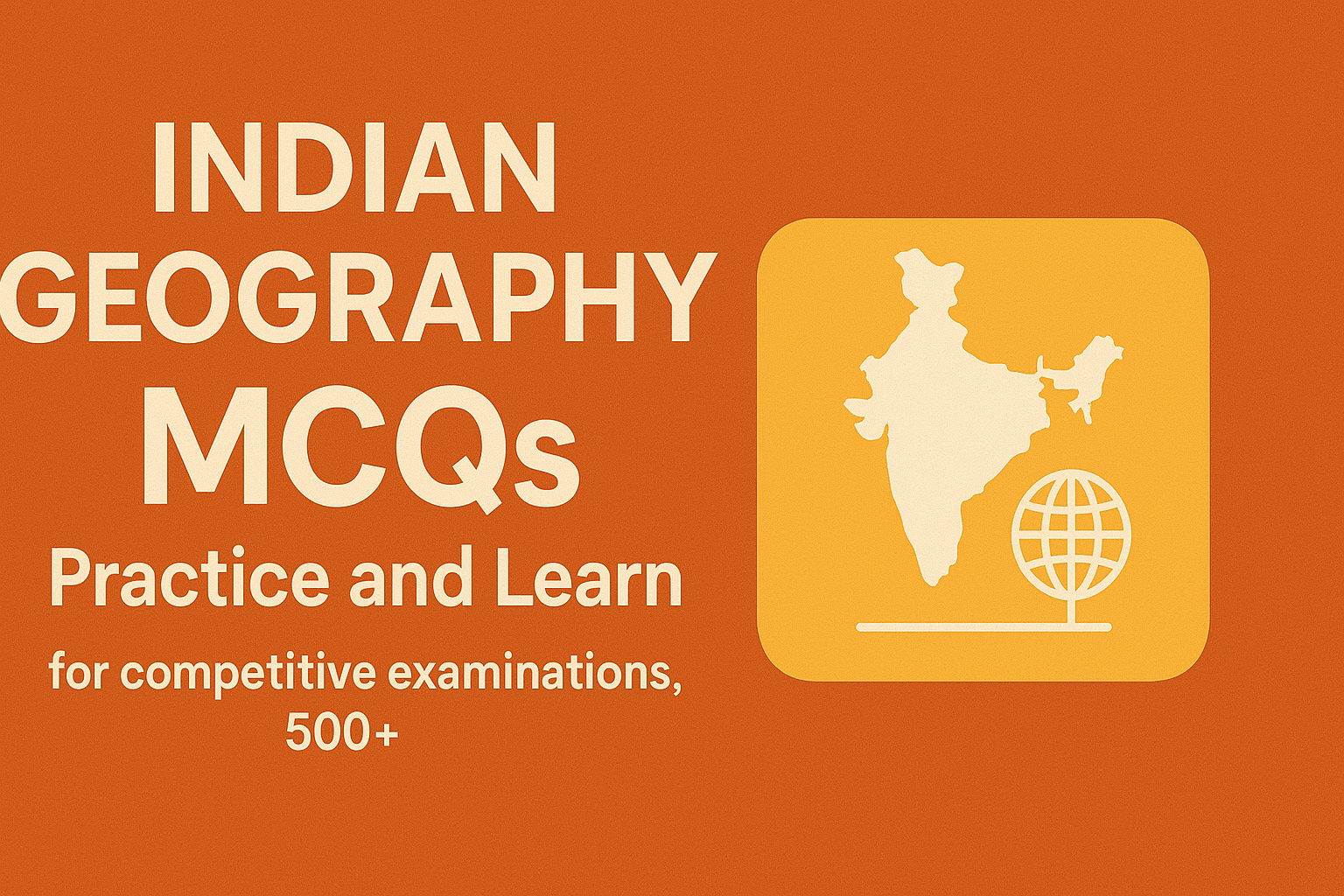
MCQ on Indian Geography
Which railway station in India is recognized for having the world's longest railway platform?
National Waterway No. 1 (NW-1), the longest national waterway in India, connects which two locations?
Which major port in Gujarat was the first to be developed after India's independence to ease trade volume from Mumbai Port?
The Brahmaputra River originates from which glacier near Lake Manasarovar in Tibet?
Which river is the largest tributary of the Indus River?
The 'Red Revolution' in India is associated with the production of which commodities?
Which of the following is an example of a 'Zaid' crop, grown in the short season between the Rabi and Kharif seasons?
The Rourkela Steel Plant in Odisha was set up during the Second Five Year Plan with collaboration from which country?
Where was the first paper mill in India established in 1812?
In the context of alluvial plains, what is 'Khadar' soil?
